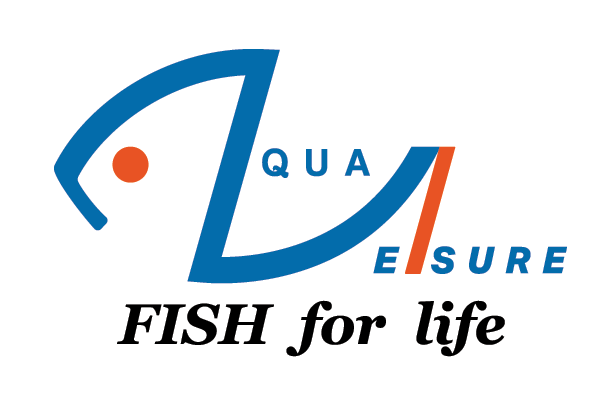CICHLID PANDA FRONTOSA
- RM0.00
The Panda Frontosa Cichlid (Cyphotilapia frontosa) is a deep water Tanganyikan species that grows to a larger size than most other cichlids that inhabit the massive rift lake. It inhabits dim, deep, still waters in the lake and prefers these same conditions in the aquarium. While most frontosas are marked with vertical striping, this tank-bred variant has been developed to display incredible marbling instead. This type is still relatively new and rare in the aquarium hobby.
The Panda Frontosa Cichlid will thrive in an aquarium with piles of rocks that form some caves. Sand is the best substrate for this species. It is a gregarious species, so it is best kept in groups. Unlike many Tanganyikan cichlids, individuals of this species do not form individual territories per se, but there is a very distinct hierarchy within each group, so cover must be available for subdominant fish (especially males) to retreat from alpha males. Territoriality is typically at its peak during spawning. Dwarf shrimp and other small, delicate invertebrates should not be kept with the Panda Frontosa Cichlid. Other Tanganyikan cichlids too large to be considered prey can make good tankmates. If spawning is desired, tankmates of other species should be kept to a minimum or avoided altogether unless the aquarium is of considerable size with ample cover/decor.
Feeding is simple for the unfussy Panda Frontosa Cichlid. High-quality dry, frozen, and live meaty foods will all be readily accepted. Quality and variety are the keys to a diet that will ensure that this fish maintains optimal health and coloration, so this species should not be fed dry foods exclusively. While it is primarily a carnivore, it also requires vegetable matter in its diet.
RECOMMENDED TANK PARAMETERS:
- Temperature: 73.4° - 81° F (23° - 27° C)
- pH: 8.0 - 9.0
- KH: 9 - 25 dKH
- Minimum tank size: 180 gallons for a group of adults
CARE GUIDELINES:
- Diet: Mostly carnivorous. A variety of high-quality dry, frozen, and live meaty foods is necessary for optimal health and coloration. Some vegetable matter is also necessary.
- Social behavior: Gregarious with its own kind. Can be compatible with durable fish too large to be considered prey
- Origin: Tank-Bred, but indigenous to Lake Tanganyika, Africa
- Average adult size: 8.7 - 10 inches (22 - 25.5 cm)
- Average purchase size: 1.5 inches (3.8) for juvenile, 3+ inches (7.5 cm) for medium
Reviews
There are no reviews for this product.



